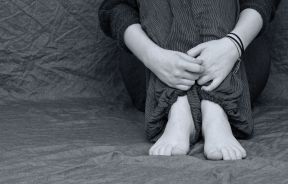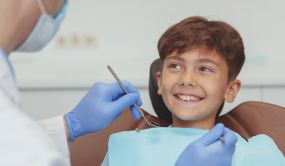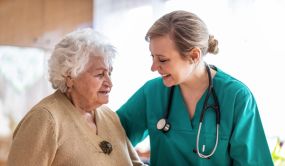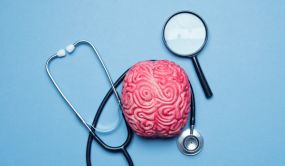Visual stimuli interpreted right can make blind mice see where they run
Retinal degeneration in blind mice can be corrected with a prosthetic device capable of decoding visual stimuli like some brain cells. What is more promising is that a human version of this device could give back vision to blind people.
The prosthetic device directly targets the ganglion cells involved in vision. Ganglion cells receive processed information from light-sensitive photoreceptors present on the retina. From the ganglion cells images are transmitted to the brain as electrical impulses. During retinal degeneration, people lose function of photoreceptor cells. Hence information on vision is not received by brain cells or ganglion cells because the images do not fall on the retina anymore.
Sheila Nirenberg's team at Weill Cornell Medical College in New York used gene therapy to transfer the channelrhodopsin protein into ganglion cells of blind mice. To generate the photoreceptor function, they placed a pair of glasses with a tiny embedded video camera, computer processor and the Nirenberg's algorithm (generated using the retinal signals in healthy mice and ganglion cells output).
A baby's image was placed before the blind mice and patterns from different groups of mice were read. The output from mice with the complete prosthetic system was similar to sighted mice. Devices that operated without the code gave a more pixelated version. Another advantage of using this system is that this new device can stimulate tens of thousands of channelrhodopsin-treated ganglion cells producing a much greater effect than electrodes that excite handful of ganglion cells.
One major limitation of this device is that it does not emulate the natural patterns or "codes" used by normal ganglion cells. So, only limited restoration of vision is possible - e.g. seeing spots of light and edges.
At present the Nirenberg group is collaborating with a geneticist from University of Florida. Dr. Bill Hauswirth has developed a safe method of delivering genes into primates. Human clinical trials will be conducted once the primate study is successful. Nirenberg group will also be teaming up with a California retinal prosthesis company named Second Sight.
The research was presented this week in San Diego's Society for Neuroscience meeting.
"We think this system gives enough information to reconstruct faces, newsprint, landscapes, essentially anything," said Nirenberg.
Published by Medicaldaily.com



























